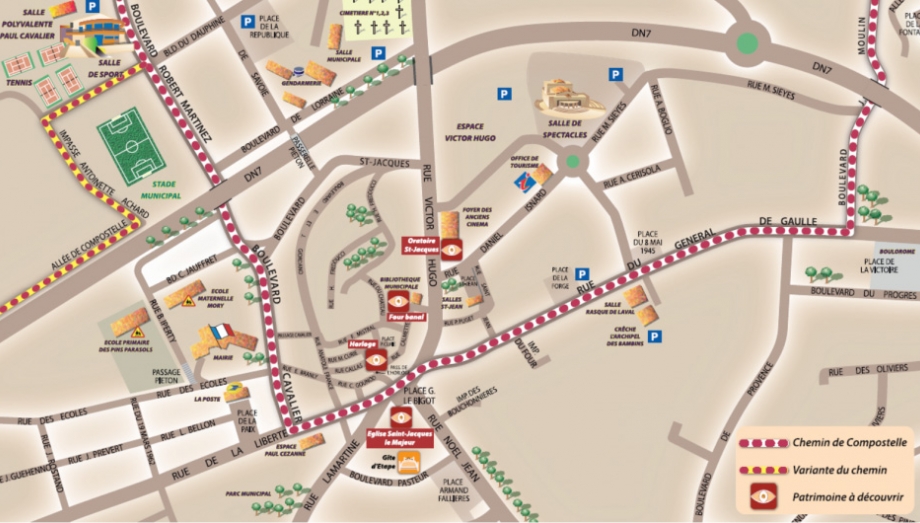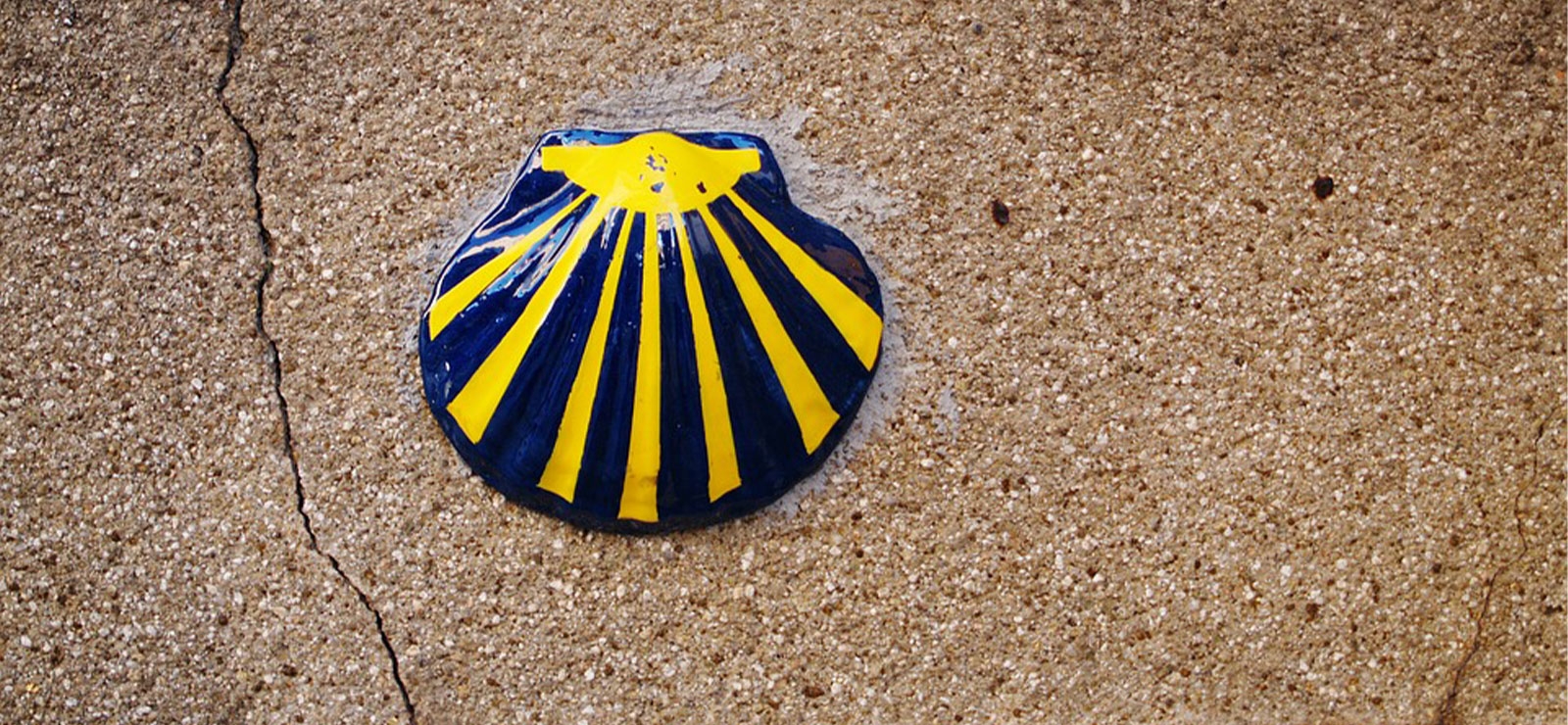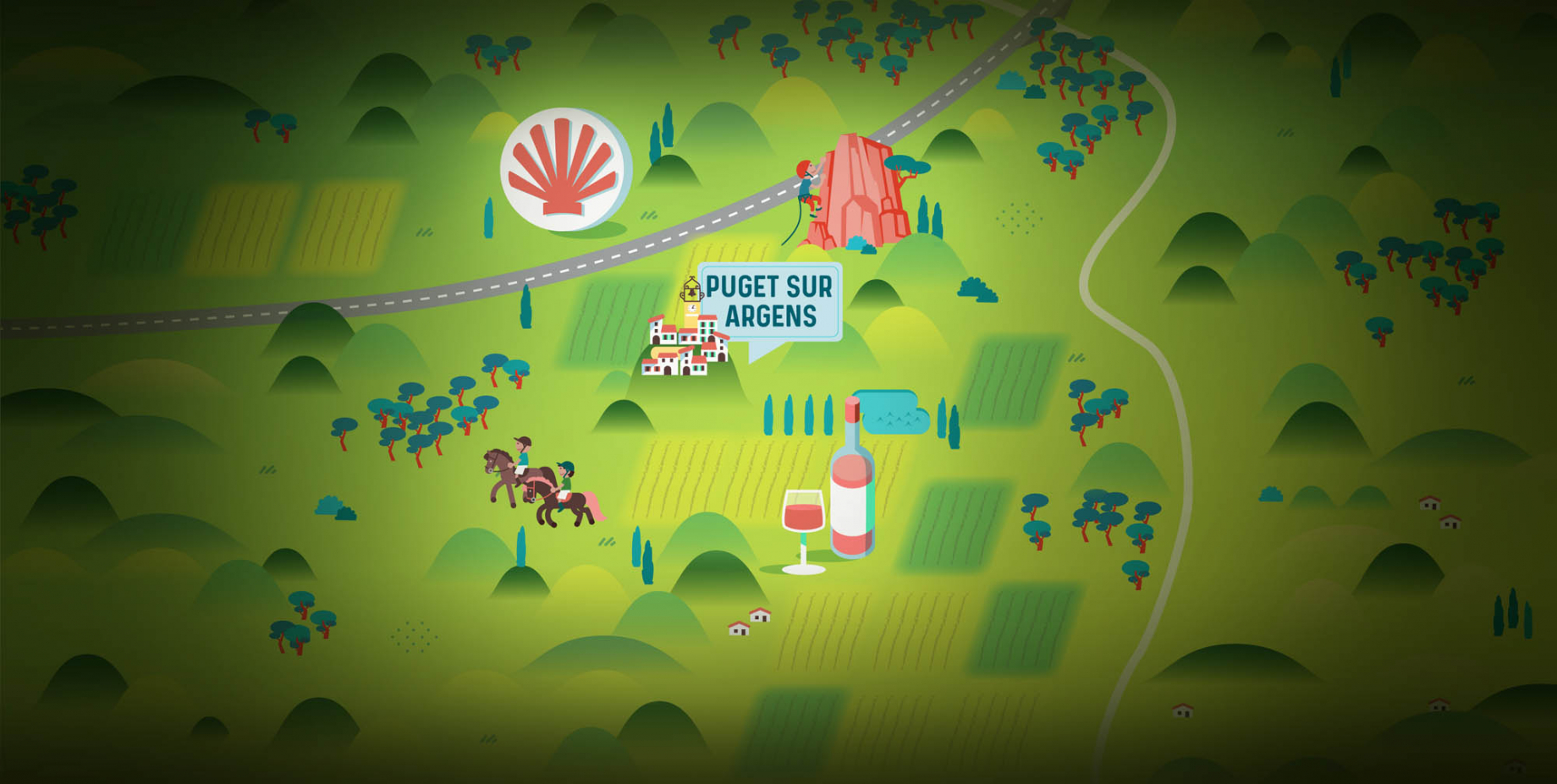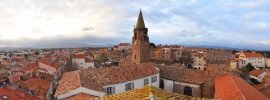
Santiago de Compostela : What is it ?
The pilgrimage to Santiago de Compostela is an itinerary that stretches across the whole of Europe. Its origin dates back to the beginning of the 9th century, after the discovery in Galicia (Spain) of the supposed tomb of "Saint James the Greater", the first martyred apostle of Christendom.
From then on, the Cathedral of Santiago de Compostela was decreed one of the "three great pilgrimages of Christianity", along with Jerusalem and Rome. Hundreds of paths leading to the Cathedral have gradually emerged all over Europe, gathering thousands of pilgrims every year.
Santiago de Compostela in Esterel French Riviera
The 138-kilometre-long route through the Var region crosses the great massifs of the Estérel, the Maures and the Sainte-Baume. These stages are exceptional because of the breathtaking views and the rich historical heritage of the region.
DID YOU KNOW THAT?
Why is a shell associated with Santiago de Compostela ?
At the beginning of the pilgrimages to Santiago de Compostela, the walkers collected shells they found on the beaches of Galicia and proudly wore them on their return as proof of their journey and as a souvenir. Since ancient times, shells were worn to protect themselves from witchcraft, bad luck and disease. For these symbolic reasons the shell became an attribute of the Apostle Santiago, from whom it took its name.

Zoom on Puget on Argens
The village of Puget sur Argens is a major stop on the Compostela Trail.
Pilgrims arrive from Fréjus via the Vernède wine estate and the Jas neuf path. The path then enters the heart of the village of Puget sur Argens where several points of interest are indicated by following the golden metal shells :
Map of the way to Santiago de Compostela in Puget sur Argens


The Church of Santiago Maggiore
Built between 1572 and 1577, this church is full of historical treasures including the church bell (1774), altarpieces dated 1696 and restored in 1872, statues of the Virgin and a Roman milestone serving as a base for the baptismal font.

The Altarpieces of the Church
Altarpieces are vertical constructions, used to carry religious works or decorations around the altar. Those of Puget sur Argens have been restored recently.

The common oven
Fantastic testimony of the feudal system, this oven was built in the 13th century. Today it is located in the library of Puget sur Argens. The term "banality" was used at the time to refer to the technical installations maintained by the lords and made available to the inhabitants of the seigneury at a cost.

Puget's Clock
Dating back to 1776, it was built on the ancient fortifications whose limits can still be seen today. The clock is surmounted by a belfry dating from the 18th century.

The communal gîte "l'Oustaou de Compostelle" allows pilgrims to stop and regain their strength in an authentic and comfortable place, below the Church of St Jacques le Majeur.
GÎTE L’OUSTAOU DE COMPOSTELLE
99 Boulevard Louis Pasteur
83480 PUGET SUR ARGENS
Phone : +33(0)4 94 19 55 29
Price : 15€ for walkers with pilgrim's passport / 20€ for hikers.
Modalities : stay limited to one night only, pets not allowed.
GOOD PLAN
- On presentation of the pilgrim's passport, you can benefit from special rates at the local authority's partner shops. Get your pilgrim's passport.
- The path then continues on the path of Callas in the direction of La Bouverie (Roquebrunesur-Argens). On the way you will see the Château de Vaucouleurs in the middle of the woods and vineyards.
MORE INFORMATIONS
Office de Tourisme de Puget sur Argens
153 Rue Daniel Isnard,
83480 Puget-sur-Argens
Phone : 04 94 19 55 29
Site web : www.pugetsurargens-tourisme.com
SOURCES :
http://www.visitvar.fr/provence-cote-azur/pleine-nature/chemin-st-jacques-compostelle
https://www.camino-europe.eu/fr/eu/fr-fr/jakobswege-fr/f-via-aurelia-fr-CH/f-saint-raphael-le-muy-fr-CH/


























